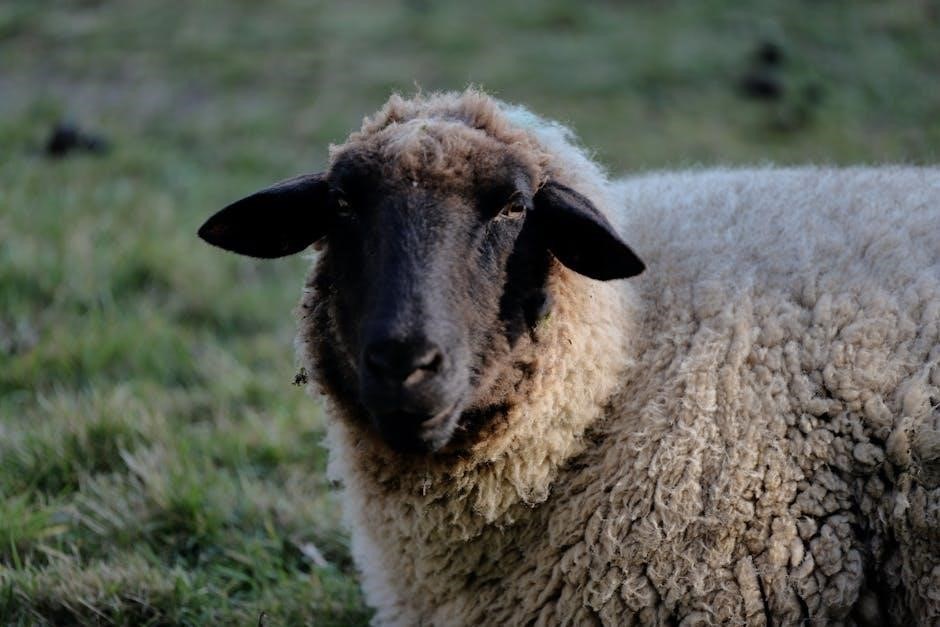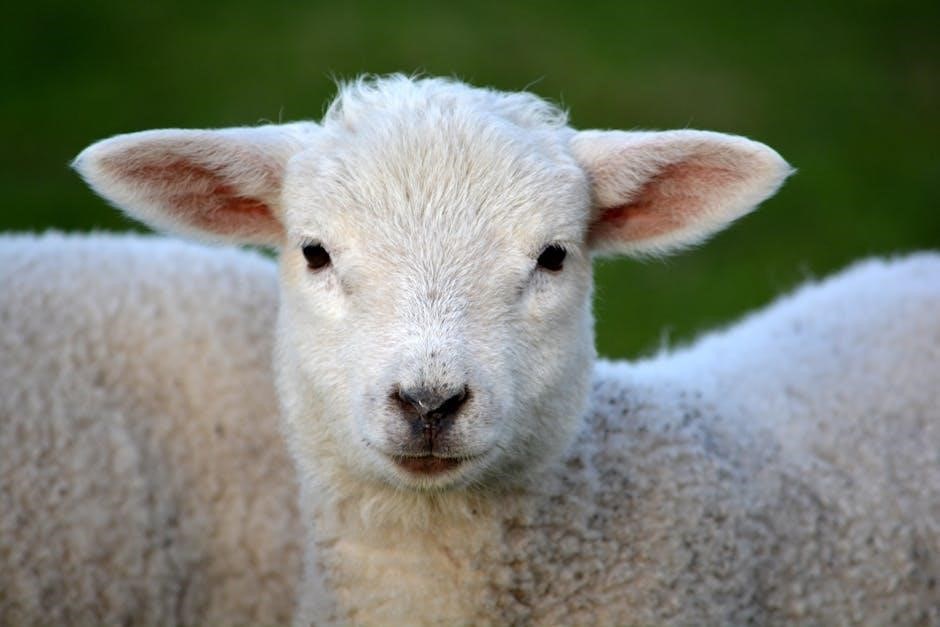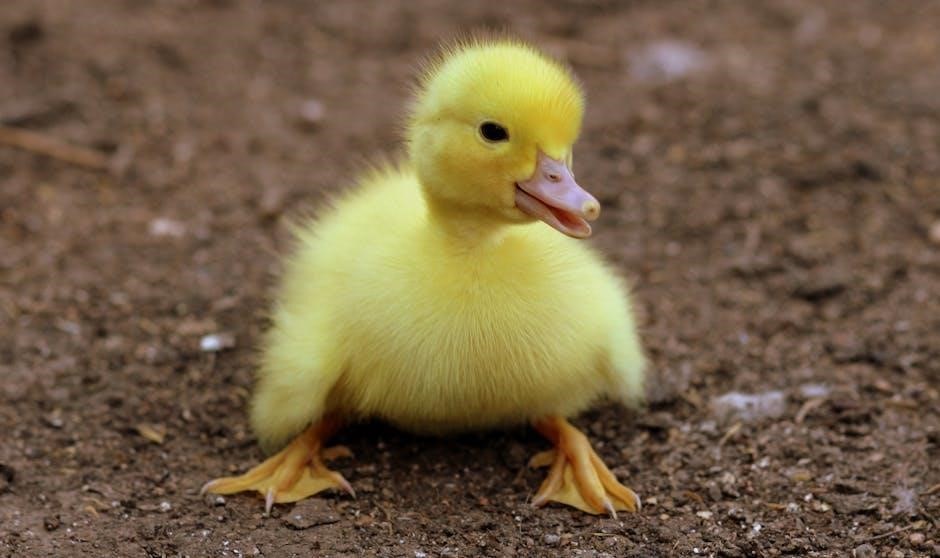Animal Farm critical analysis pdf provides a summary of George Orwell’s novel, discussing his biography and experiences that influenced the writing, within a
critical framework
of analysis and review.
Background Information on George Orwell
George Orwell’s life and experiences greatly influenced his writing, particularly in Animal Farm. He was born in 1903 in Motihari, India, and later moved to England. Orwell’s interest in politics and social issues began at an early age, and he was especially drawn to the Russian Revolution. His experiences as a policeman in Burma and a soldier in Spain also shaped his views on power and corruption. Orwell’s writing often reflected his concerns about totalitarianism and the loss of individual freedom. As a journalist and author, he was known for his clear and concise writing style, which made his work accessible to a wide range of readers. Orwell’s biography provides valuable context for understanding the themes and motifs in Animal Farm, and his experiences continue to influence literary analysis and critique of his work. His legacy as a writer and thinker remains significant today.
Animal Farm tells the story of a group of farm animals who rebel against their owner, using
narrative techniques
to convey themes and ideas quickly.
Key Plot Points and Themes
Animal Farm’s narrative is driven by key plot points, including the rebellion against Mr. Jones and the subsequent establishment of a new government. The story explores various themes, such as power, corruption, and the dangers of totalitarianism, through the experiences of the farm animals. The pigs, led by Napoleon and Snowball, play a central role in the story, as they gradually abuse their power and exploit the other animals. The novel also examines the theme of class struggle, as the animals attempt to create a more equal society. The use of literary devices, such as allegory and symbolism, adds depth and complexity to the narrative, allowing readers to interpret the story in different ways. The themes and plot points are closely intertwined, creating a rich and thought-provoking tale that continues to resonate with readers today, as seen in the animal farm critical analysis pdf.

Character Symbolism in Animal Farm
Characters in Animal Farm symbolize different individuals, with Mollie representing luxury and Boxer representing working class, as seen in the animal farm critical analysis pdf document online.
Relating Characters to the Russian Revolution
Characters in Animal Farm are closely related to the Russian Revolution, with each character symbolizing a different figure or group. The pigs, for example, represent the communist party leaders, while the horses represent the working class. The character of Napoleon is often seen as a representation of Joseph Stalin, with his rise to power and subsequent corruption mirroring Stalin’s own career. The animal farm critical analysis pdf document provides a detailed analysis of these character relationships, exploring how Orwell used the characters to comment on the Russian Revolution and its aftermath. The document also examines the ways in which the characters’ actions and motivations reflect the events and ideologies of the Revolution, making it a valuable resource for understanding the novel’s historical context and themes. The analysis is supported by quotes and examples from the novel;

Political Allegory and Satire in Animal Farm
Orwell’s novel serves as a political allegory, using satire to critique societal norms and politics, within a
framework
of historical context and literary devices.
Representation of Major Figures and Events
The novel represents major figures and events of the Russian Revolution, with characters like Napoleon and Snowball symbolizing key players.
The story also depicts the rise and fall of power, and the corruption that follows, using historical context to inform the narrative.
The events of the revolution are also mirrored in the novel, with the rebellion against Mr. Jones serving as a catalyst for the story.
The representation of these figures and events serves to critique the Russian Revolution and its ideals, using satire to convey Orwell’s message;
The use of animal characters allows for a nuanced exploration of complex historical events, making the novel a powerful commentary on politics and society.
The representation of major figures and events in the novel adds depth and complexity to the narrative, and serves to reinforce Orwell’s critique of the Russian Revolution.

Critical Discourse Analysis of Animal Farm
Examining language and power dynamics in the novel reveals insights into manipulation and control, using a
framework
of critical discourse analysis and review techniques.

Manipulation and Power Dynamics
Animal Farm critical analysis pdf explores the ways in which language is used to manipulate and control the other animals on the farm, with a focus on the power dynamics at play. The pigs, led by Napoleon and Snowball, use propaganda and rhetorical devices to influence the other animals and maintain their position of power. This is evident in the way they alter the Seven Commandments to suit their own interests, and in the way they use fear and intimidation to suppress dissent. The novel highlights the ways in which those in power use language and manipulation to maintain their control over others, and the ways in which this can lead to a corruption of the original ideals and values of the revolution. The analysis of these power dynamics provides a deeper understanding of the novel’s themes and messages.